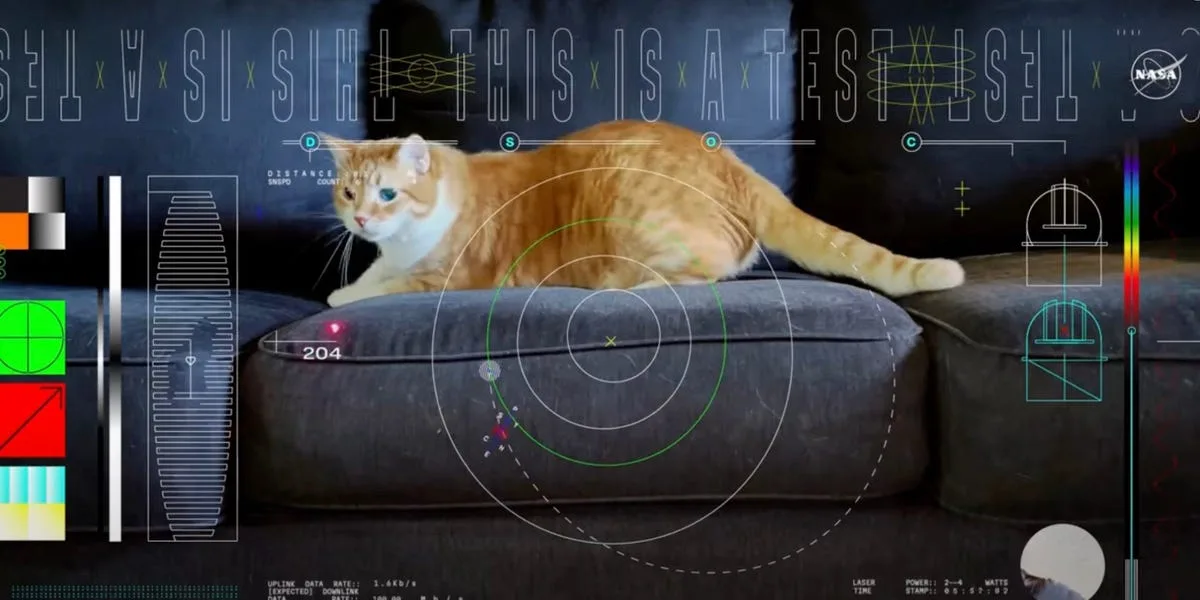NASA’s Groundbreaking Cat Video: A Leap in Deep Space Communication
The Revolutionary Deep Space Laser Experiment
If aliens had intercepted NASA’s space-laser communications earlier this month, they would’ve been scratching their heads over footage of a fat orange cat chasing a laser around a grey couch. This charming cat video became the subject of a groundbreaking NASA experiment to test a cutting-edge laser technology that could revolutionize deep-space communication.
The Need for Faster and Higher Bandwidth Communication
In order to fulfill its plans of sending astronauts to Mars, NASA recognizes the importance of speeding up messages from deep space to Earth, and vice versa, as well as increasing bandwidth. It is crucial to upgrade deep-space communications to enable smooth communication with spacecraft and astronauts.
The First Ultra-HD Deep Space Video
NASA successfully streamed the first-ever ultra-HD video from deep space using laser communication. On December 11, a 15-second clip of an employee’s cat named Taters was transmitted to Earth from a spacecraft located about 19 million miles away. The video traveled at a speed of 267 megabits per second, reaching Earth in just 101 seconds. This is faster than most broadband internet connections.
The Deep Space Optical Communications Experiment
This groundbreaking experiment, known as “Deep Space Optical Communications,” is being tested on NASA’s Psyche spacecraft. The experiment aims to evaluate the potential of laser technology in deep-space communication. It is carried out by NASA’s Jet Propulsion Laboratory (JPL) project’s receiver electronics team.
How Deep-Space Laser Communication Works
The experiment utilizes a laser signal from JPL’s Table Mountain Facility as a beacon to help the spacecraft aim its transmitter. The spacecraft then uses its own laser to transmit information, picked up and downloaded by the Hale Telescope at Palomar Observatory in San Diego County. Every frame of the cat video was sent in real-time to JPL, marking a significant milestone in deep-space laser communication.
The Advantages of Optical Communication
Deep-space laser communication functions in a similar manner to fiber-optic internet. Although light and radio waves travel at the same speed, optical communication has the ability to transmit more information, making it suitable for future high-bandwidth downloads and uploads. This technology advancement opens up new possibilities for more efficient communication during interplanetary missions.
Advancing Future Interplanetary Missions
This groundbreaking experiment represents a significant leap forward in the field of deep-space communication. By increasing bandwidth capacity and exploring the potential of laser technology, NASA is not only upgrading its communication abilities but also paving the way for future exploration and scientific missions. The transformation of deep-space communication is vital for the successful realization of NASA’s future interplanetary endeavors.







